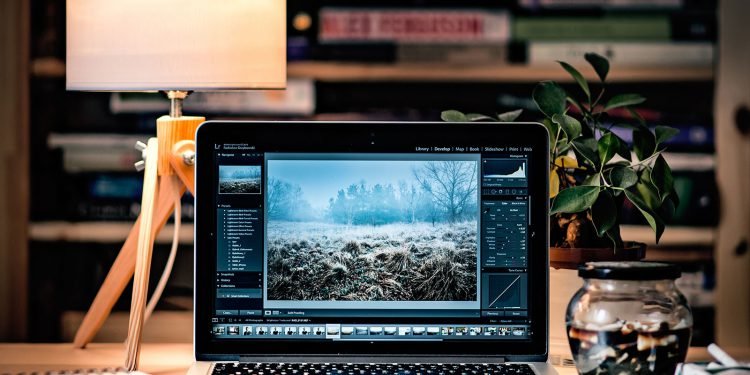Good digital hygiene protects your privacy, identity, and devices. Here are 7 essential habits to help you stay safe every time you go online.
What Is Digital Hygiene?
Just like brushing your teeth or washing your hands, digital hygiene is all about building small, healthy habits — but for your online life.
It’s how you protect your:
- Personal data
- Devices (phones, laptops, tablets)
- Online identity
- Financial information
Neglecting it can lead to privacy breaches, identity theft, or even losing access to your accounts. The good news? A few consistent actions can make a big difference.
Here’s your 7-point digital hygiene checklist to help you stay clean, safe, and secure in the digital world.
✅ 1. Use Strong, Unique Passwords for Every Account
Using the same password everywhere is like having one key for your house, car, office, and safe — if someone gets it, everything’s compromised.
What to do:
- Use long passphrases (e.g., “PurpleTigerJumps92!”)
- Never reuse passwords
- Use a password manager to keep track of them all
✅ 2. Turn On Two-Factor Authentication (2FA)
Even a strong password can be cracked. 2FA adds an extra layer of protection by requiring a code or approval from a second device.
What to do:
- Enable 2FA on your email, bank, and social media accounts
- Use an authenticator app like Authy or Google Authenticator
- Avoid SMS when possible (apps are more secure)
✅ 3. Keep Your Software and Devices Updated
Updates aren’t just for new features — they patch security holes that hackers love to exploit.
What to do:
- Turn on auto-updates for your phone, computer, and apps
- Regularly update browsers, antivirus tools, and plugins
- Don’t ignore those annoying pop-ups — they keep you safe!
✅ 4. Be Careful What You Click
Phishing emails, sketchy links, fake ads — clicking the wrong thing can lead to malware or stolen data.
What to do:
- Check email addresses and URLs before clicking
- Avoid clicking on suspicious links or attachments
- If something seems too good to be true, it probably is
👀 Pro Tip: Hover over a link to see where it really leads before clicking.
✅ 5. Review App Permissions and Privacy Settings
Many apps and websites collect way more data than they need. Take control of what you’re sharing.
What to do:
- Go to settings on your phone and review app permissions
- Turn off access to camera, microphone, or location for apps that don’t need them
- Review your privacy settings on platforms like Facebook, Instagram, and Google
✅ 6. Use Public Wi-Fi Safely
Free Wi-Fi in cafés, airports, and hotels is convenient — but it’s also risky if not used carefully.
What to do:
- Avoid logging into sensitive accounts (like banking) on public Wi-Fi
- Use a VPN to encrypt your connection
- Turn off auto-connect to open networks in your settings
✅ 7. Back Up Your Data
Whether it’s ransomware or a spilled coffee, accidents happen. Regular backups mean you won’t lose everything.
What to do:
- Use cloud backups (Google Drive, iCloud, Dropbox)
- Keep an external hard drive for extra protection
- Set automatic backups so you don’t forget
Conclusion
Digital hygiene doesn’t have to be complicated — it’s about building a few smart habits that protect your digital life.
Start with one or two of these steps today and add more over time. Just like real hygiene, consistency is key.
💡 Quick Recap:
- Strong, unique passwords
- Enable 2FA
- Keep everything updated
- Don’t click suspicious links
- Control your privacy settings
- Use public Wi-Fi safely
- Back up your data regularly








